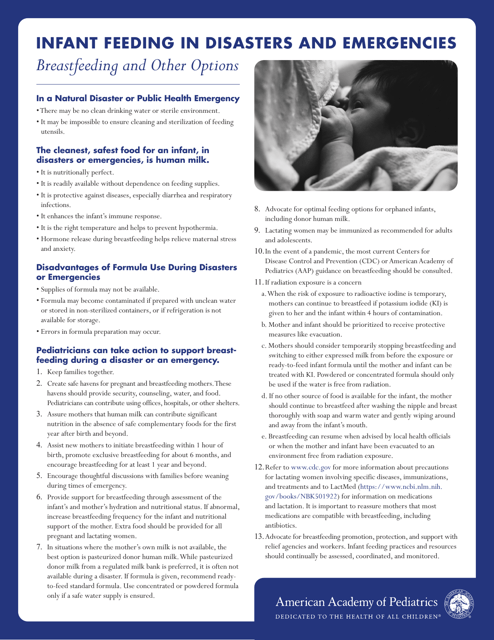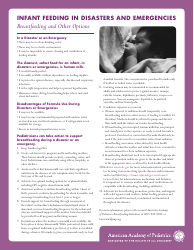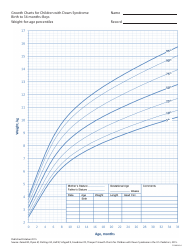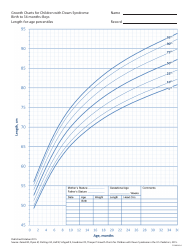Infant Feeding in Disasters and Emergencies: Breastfeeding and Other Options - American Academy of Pediatrics
The document "Infant Feeding in Disasters and Emergencies: Breastfeeding and Other Options" by the American Academy of Pediatrics provides guidance on how to safely feed infants during times of disasters or emergencies. It offers important information about the benefits of breastfeeding and provides alternative feeding options for situations when breastfeeding is not possible.
The American Academy of Pediatrics (AAP) files the document "Infant Feeding in Disasters and Emergencies: Breastfeeding and Other Options".
FAQ
Q: What is the American Academy of Pediatrics?
A: The American Academy of Pediatrics is a professional organization of pediatricians in the United States.
Q: What is infant feeding in disasters and emergencies?
A: It refers to how infants are fed during times of natural disasters or emergencies when access to resources may be limited.
Q: Why is breastfeeding important in disasters and emergencies?
A: Breastfeeding offers the best nutrition and protection for infants, even in difficult circumstances.
Q: Are there any alternatives to breastfeeding during disasters?
A: Yes, when breastfeeding is not possible, safe and clean alternatives like donor milk or formula can be used.
Q: What are the key recommendations for infant feeding in emergencies?
A: The key recommendations include promoting and supporting breastfeeding, providing access to safe water and sanitation, and using appropriate infant feeding practices.
Q: What should caregivers do to prepare for disasters regarding infant feeding?
A: Caregivers should have a plan in place, including identifying breastfeeding-friendly facilities, having a supply of safe drinking water, and knowing how to safely prepare formula if needed.
Q: How can communities support infant feeding in disasters and emergencies?
A: Communities can support by promoting breastfeeding, ensuring access to clean water and sanitation, and providing education and resources on safe infant feeding practices.







